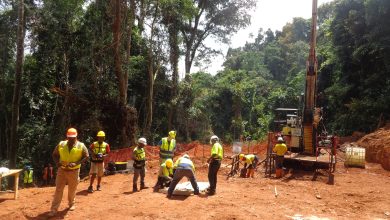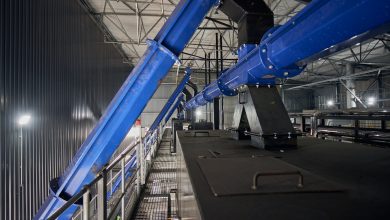
One of the mistakes in dust control interventions in underground mines is that risks from sources are addressed separately. However, for effective mitigation of exposure of workers to airborne dust, it is imperative for underground mine operators to approach all risks holistically. And it is worthwhile to involve specialists from critical disciplines for input.
Noticeably, there has been a consistent increase in activity on mine sites since the first quarter of 2021. Now, more airborne dust is being produced from various processes – a situation which has escalated the health and safety risks that workers are exposed to. Typically, airborne dust contains smaller particles of around 0,3 micron in size that are classified as toxic contaminants, which can damage lungs and air passages. Mainly, the sources of the particles are coal, silica and other finely powdered materials.
The Act
The Occupational Health and Safety Act (OHSA), under the ambit of Mine Health and Safety Act (MHSA) with reference to South Africa, specifies certain dust exposure limits that mines can refer to measure and control dust and ensure that levels are managed. Thus, mining companies are obligated to find sustainable solutions to control dust and improve health conditions.
Given the risks from different sources they face, the most effective approach would encompass the integration of various interventions. The primary or critical step when devising an integrated approach would be to evaluate the extent of risk from exposure.
Extent of the risk
Concerning the level of risk from the dust produced, data on the size and material type needs to be collected and thoroughly analysed. Predominantly, the sources of dust include but may not be isolated to the following: blasting and cutting waste rock and ore; transportation of run-of-mine materials; within run-of-mine transfer points; general work and operations, and the movement of machinery and foot and machine traffic. The data gathered from these activities can then be profiled.
Integrated approach
Every risk requires a specific intervention or solution. Depending on the identified risk, the following are the options: water spray dust suppression systems with or without surfactants, dry mist systems, foam systems, various types of filter systems, cyclones, bag house systems, wet scrubber filters, electric dust precipitators, extraction hoods, fall out chambers and general ventilation. The challenge then arises when it comes to managing each of the interventions separately. In the end, failure to manage this could lead to an increase in safety risks.
Then, it is most appropriate to have an integrated approach in which input could be solicited from the expertise of specialists drawn from different disciplines. Kobus van Zyl, consulting mechanical engineer at BBE, raises this point, explaining: “Because there are so many dust control systems available, it is important to ensure that the correct combination of these systems and technologies is employed to effectively control the dust in a specific mining environment.”
Specialist input
In the integrated approach input should be sought from the following specialists: occupational hygienists, dust control technology specialists, industrial ventilation specialists, fan and duct specialists, design engineers, flow analysis specialists, ergonomists, construction engineers, instrumentation engineers, commissioning experts, and monitoring and maintenance operators. Van Zyl suggests that a holistic integration across these disciplines is essential.






